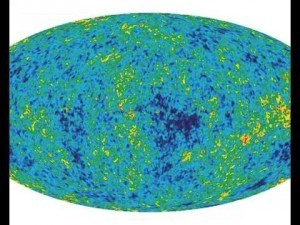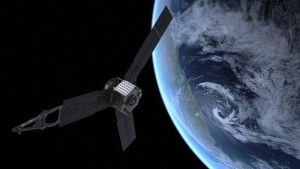Just when you think you’ve got a mystery solved, new data revives the mystery again. It’s a common story in science, and this time its about fast radio bursts.
Fast radio bursts (FRBs), as you might recall are short, intense, bursts of radio waves. They have indications of being distant in origin, but similar bursts known as perytons were found to be due to local radio noise. Because of their short duration they are difficult to study, or even to verify their origin in space. Recently there was observation of a particularly strong FRB that seemed to be from a distant galaxy. The evidence to support this idea came from two radio telescopes. The first observed the FRB, while the second observed a radio afterglow in the same general region. From theses two observations the source could be triangulated as a distant galaxy.
But new evidence indicates that the radio afterglow isn’t from the FRB, but rather from the material surrounding a supermassive black hole in the distant galaxy, completely independent from the fast radio burst. So the origin of these radio bursts is still a mystery after all.
If that wasn’t bad enough, there’s also evidence that FRBs can repeat. So far these bursts seemed to be one-time events, which would imply they are caused by catastrophic events such as colliding neutron stars or a neutron star collapsing into a black hole. If they repeat that would indicate a transitory origin, such as flares from highly magnetized neutron stars. It’s also possible that FRBs can have multiple causes, with some repeating and some not.
At this point what’s clear is that we don’t have a good understanding of FRBs after all.
Paper: P. K. G. Williams and E. Berger. Cosmological Origin for FRB 150418? Not So Fast. arXiv:1602.08434 [astro-ph.CO] (2016)
Paper: L. G. Spitler, et al. A repeating fast radio burst. Nature doi:10.1038/nature17168 (2016)












Comments
Clearly, nature likes a good troll once in a while.